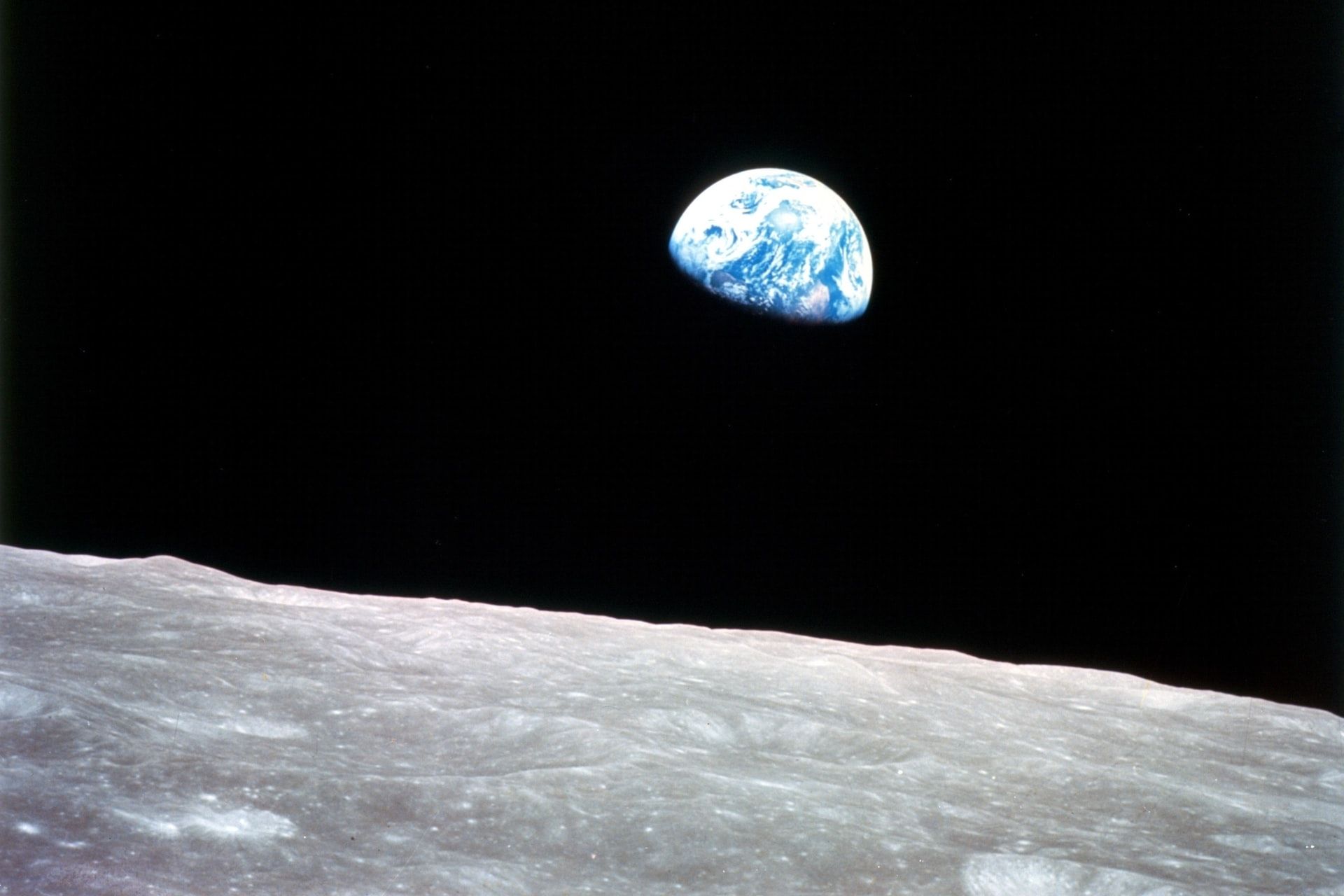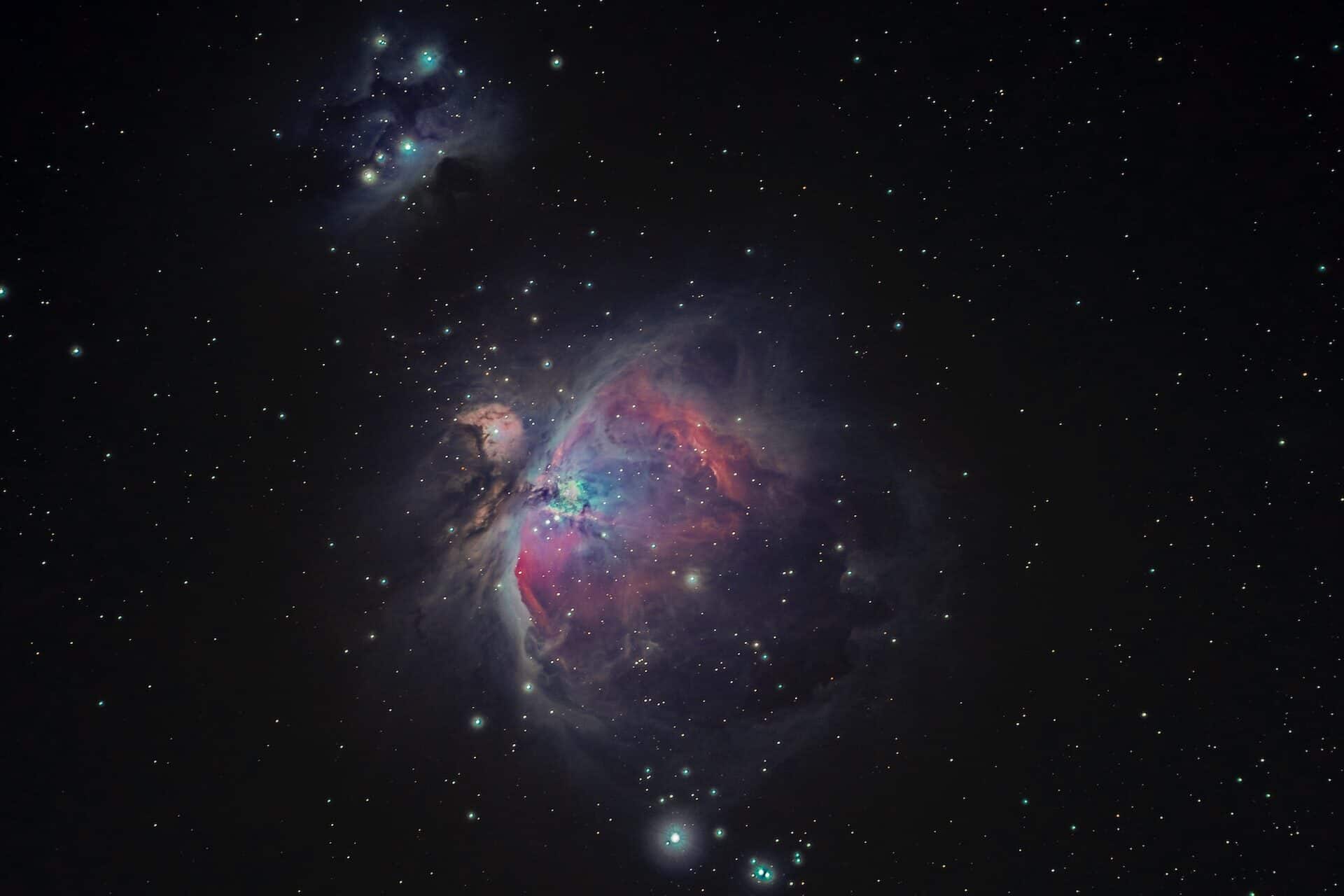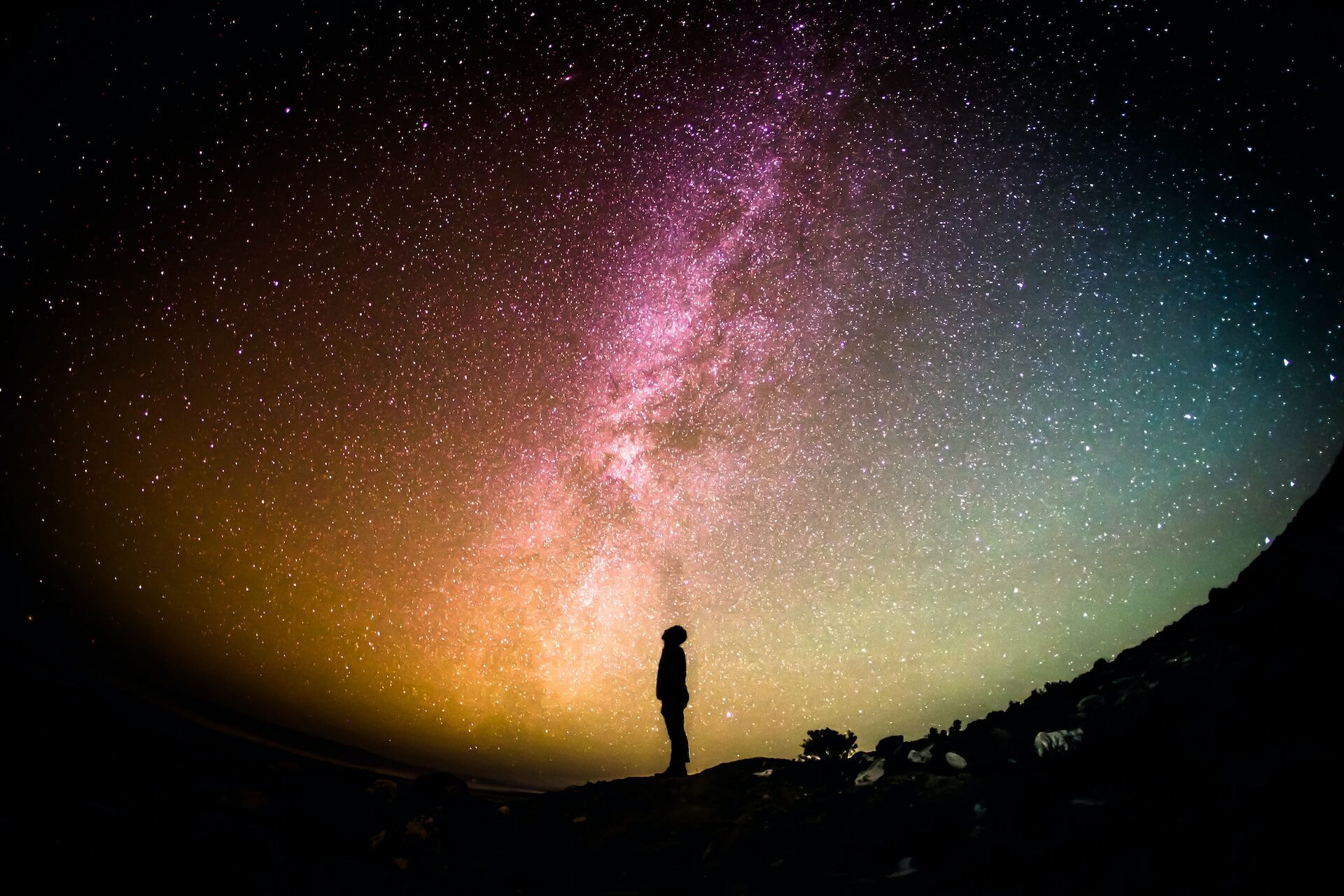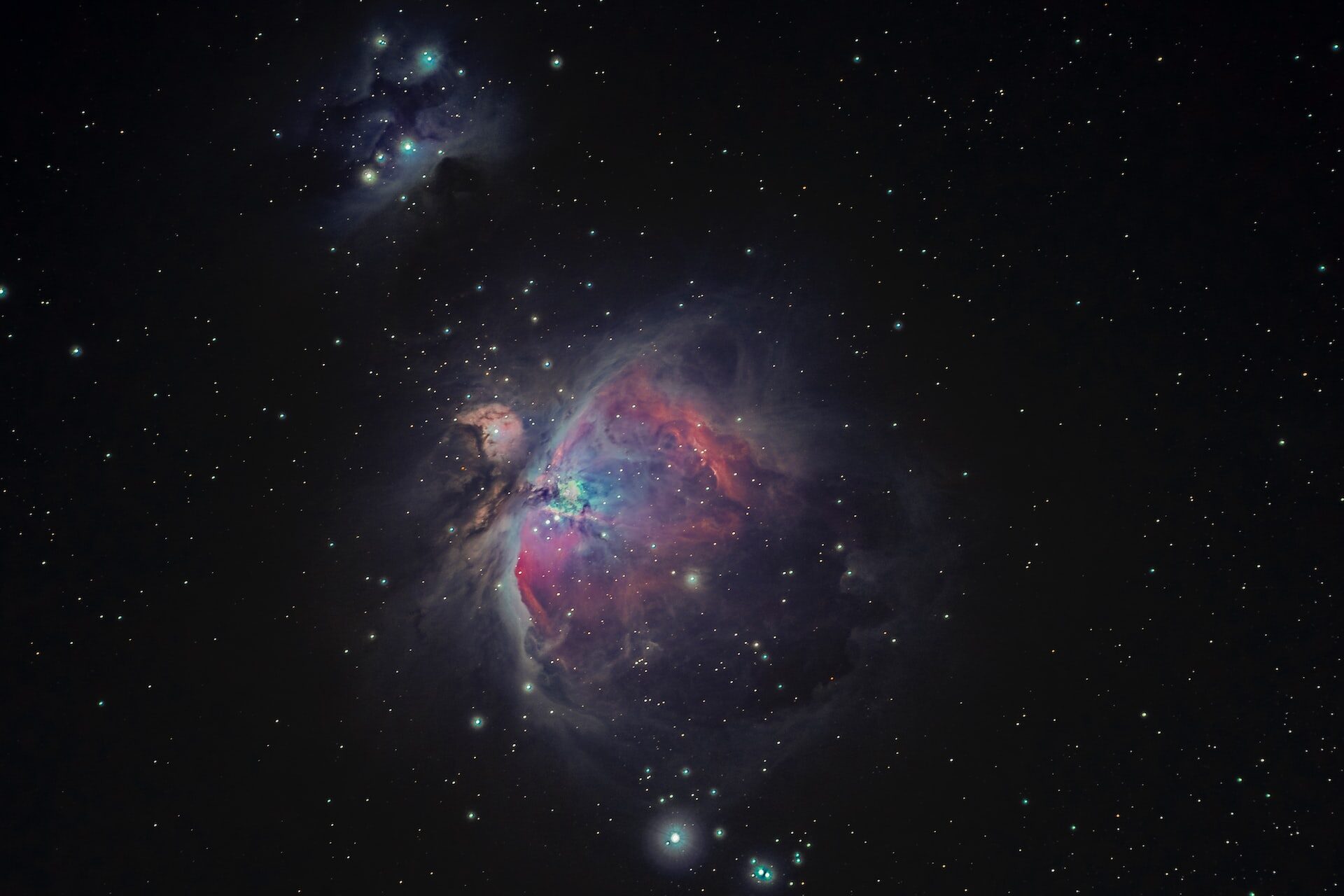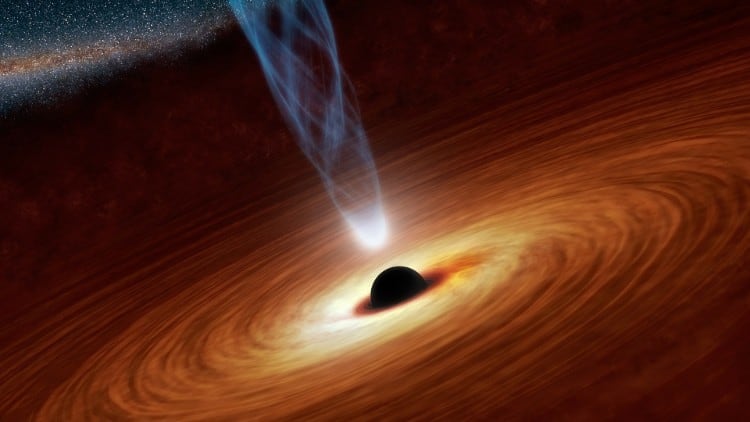
Black Hole Formation: How Does It Happen?
May 9, 2019 - Emily Newton
Revolutionized is reader-supported. When you buy through links on our site, we may earn an affiliate commision. Learn more here.
Black holes have been in the news a lot recently since a team of scientists finally managed to snap a picture of this elusive interstellar monster, that gobbles up everything, including light, for the first time in history. While this is a monumental achievement, which has everyone talking about taking pictures of black holes, no one has bothered to mention how they form. Today, we’ll take a closer look at black hole formation, and what it took to take a picture of one.
Three Flavors of Black Holes
Like many other things — including the gas cloud at the center of the Milky Way galaxy — black holes come in different flavors. Scientists have classified them as either stellar, supermassive or intermediate, but what do these different designations mean?
And if you’re wondering, the gas cloud at the center of our galaxy tastes like raspberries and smells like rum.
Forming a Stellar Black Hole
They say that we’re all star stuff, but in the case of a stellar black hole, scientists mean that literally. Stellar black holes, also known as stellar-mass black holes, start their lives as high mass stars. These luminous bodies live for billions of years, but eventually, they run out of fuel. Most main sequence stars burn hydrogen for their initial reaction. When that hydrogen runs out, they start burning other elements, eventually turning the core of the sun to iron.
When the core reaches critical mass, it does one of two things — it can collapse inward and explode creating a supernova, or it collapses entirely. In this case, you get black hole formation.
If a black hole forms in a single star system, it can be nearly impossible to see. The only time scientists have managed to spot one is in binary systems because the black hole will start siphoning superheated gas off its companion star.
Forming a Supermassive Black Hole
If stellar black holes, which are usually a few times larger than our sun, aren’t big enough for you, then you’re in luck. Supermassive Black Holes are anywhere from a million to a billion times bigger than a standard stellar black hole. Scientists have only confirmed the existence of a handful of these voracious monsters because most of them are too far away for even our most sensitive telescopes to detect.
Unlike stellar black holes, we don’t know how supermassives form. There are a few theories though. Some scientists believe these massive singularities form when a gas cloud collapses during the formation of a galaxy. Others think these giants started as stellar black holes and grew over billions of years into the monsters they are today. Still, others believe that supermassives are a conglomeration of stellar black holes that have merged over the millennia.
Forming an Intermediate Black Hole
For a long time, scientists believed black holes only came in two flavors — stellar and supermassive. There was no middle ground which puzzled astronomers for decades.
Today the most massive stars forming in the galaxy only have a few hundred solar masses, meaning they’re a few hundred times larger than our Sun, so they either become supernovas or collapse into stellar black holes. Early in the universe’s development, conditions might have been conducive to create massive stars — not large enough to collapse into supermassive black holes, but too large to become the stellar singularities that we know and love.
That’s where intermediate black holes come in. As of right now, we haven’t found any yet. Nonetheless, scientists are on the hunt for this missing link. Why? It could help us understand black hole formation and improve our understanding of the universe.
Photographing a Shy Subject
How do you take a picture of something that consumes everything — including the light waves needed to capture a photograph? It took the combined efforts of more than 100 astronomers at eight radio telescopes that spanned nearly the entire globe. The researchers used a technique called long baseline interferometry to connect the radiowaves that all the observatories saw into one image — using all of these different telescopes, that rest everywhere from Europe and Mexico to Antarctica, and making them work together as one massive planet-wide device.
With a picture of the M87 black hole in their back pocket, these astronomers are setting their sights higher. The next thing they’re looking for is pairs of supermassive black holes, specifically the couple that may have collided in 2015 causing massive gravitational waves that shook the universe.
Closing Thoughts
While we don’t have a lot of information — again, yet — on how black holes form, we learn more every day. Understanding these voracious giants might give us the missing pieces of the puzzle and allow us to better understand the universe that surrounds us. If we ever hope to become an interstellar species, understanding black hole formation will be vital.
Revolutionized is reader-supported. When you buy through links on our site, we may earn an affiliate commision. Learn more here.
Author
Emily Newton
Emily Newton is a technology and industrial journalist and the Editor in Chief of Revolutionized. She manages the sites publishing schedule, SEO optimization and content strategy. Emily enjoys writing and researching articles about how technology is changing every industry. When she isn't working, Emily enjoys playing video games or curling up with a good book.
